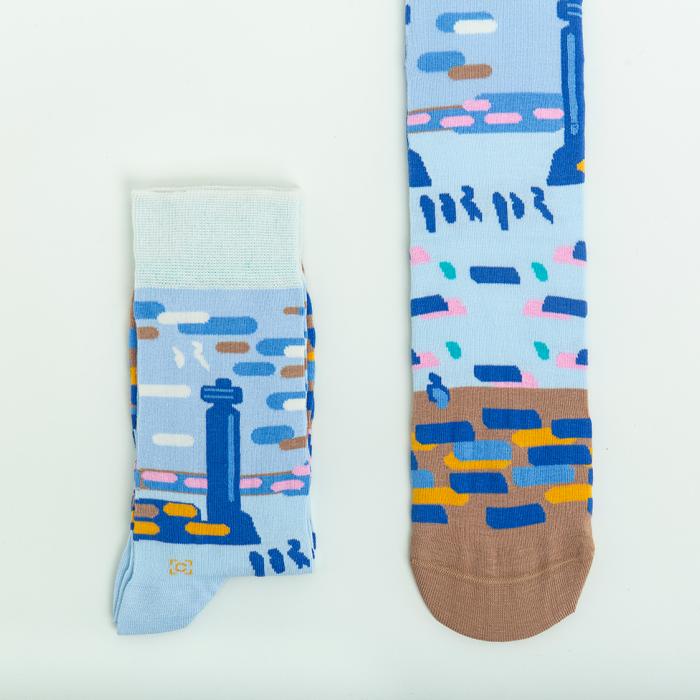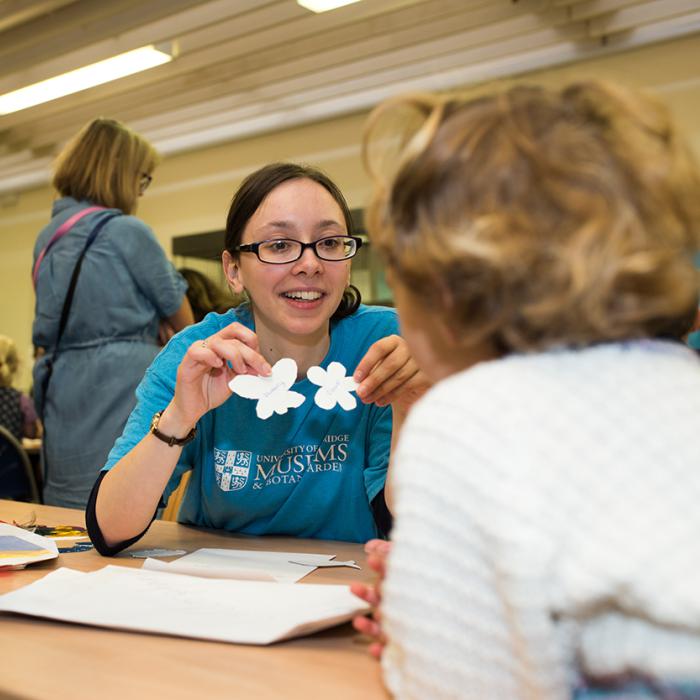Since the 18th century, people have collected rock and minerals. What were their reasons for collecting?
Curated by student intern Guey-Mei Hsu, this display looks at three geology collections and their different makers and functions.
Take a look around the Museum of Classical Archaeology's Cast Gallery, and the dominant impression is that Greek and Roman sculpture is as pale as it is interesting.
But Greek and Roman sculpture was not colourless. In this trail, we explore what difference it might make to see Greek and Roman sculpture with its pigment restored. We also explore the consequences over the centuries of seeing the Greek and Roman world without colour.
From late 13th and early 14th century, the Akan people of southwestern Ghana and southeastern Ivory Coast developed a weighting system to measure gold dust, which was the form of currency. Beyond their transactional use, the importance of goldweights lies in their ability to communicate the multifaceted cultural practices and worldview of the Akan people, but also the underlining systems and structures they created.
Visit the Museum of Archaeology and Anthropology galleries after-hours. View their latest exhibition COLOUR: Art, Science and Power and enjoy activities inspired by the themes of the exhibition.
Join Uncomfortable Cambridge for an interactive walking tour to explore the connections between Cambridge and Empire.
Through questions and group discussions the tour will explore local entanglements with the transatlantic slave trade, and ongoing- legacies of imperialism. It will consider the uncomfortable histories surrounding museum collections, and academic pursuits. As well as leading the group to reflect on current issues of equality, history and memory, and how easy it is to escape objectivity.
A jaw dropping show…
Everything that’s beautiful about American art is in Howardena Pindell’s abstract canvases from the 1970s.
This exhibition integrates insights from the arts, humanities and the sciences, bringing together extraordinary objects and artworks from different times and places. COLOUR showcases remarkable and diverse collections from across the University of Cambridge museums, libraries and colleges.
This new exhibition is the first of its kind to examine the interplay between money, power and dissent over the last 200 years – with a key strand of the show exploring the role of the individual in protesting for rights and representation.
From the radicals of the nineteenth and early twentieth century, like Thomas Spence and the Suffragettes, to current artists and activists, such as Aida Wilde and Hilary Powell, the works on display show how money has been used to promote social and economic equality or satirise those in power.
An incredibly exciting chance to experience the museum after hours and explore Defaced! Money, Power, Conflict, whilst enjoying drop-in creative workshops, live performances, and drinks.
Join us for an exciting discussion about the relationship between defacement and protest, with a fantastic panel: exhibition curator Richard Kelleher; British Museum curator Tom Hockenhull; collector Tim Millet; and artists Paula Stevens Hoare and artist Hilary Powell. This event is part of the exhibition Defaced!

